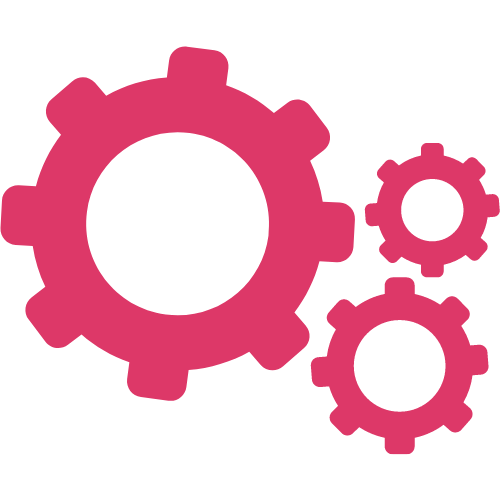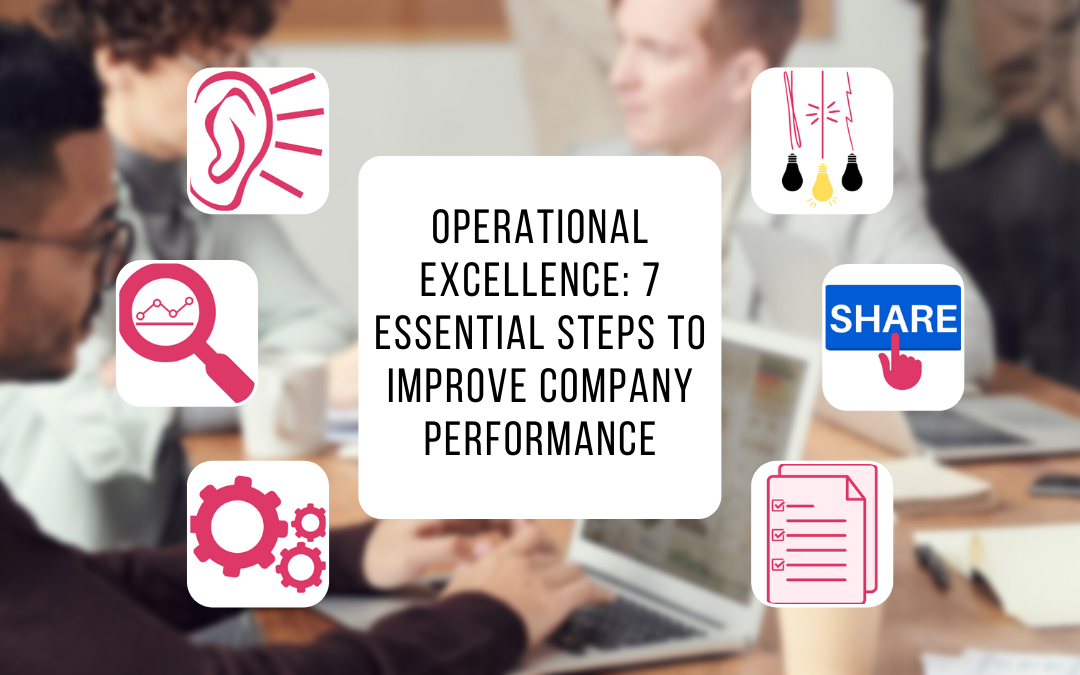A powerful lever for competitivenessoperational excellence is to leverage the company’s activities to ensure its growth. By focusing on customer needs, process optimization, cost management and the ability of teams to generate solutions, operational excellence tends to strike the right balance between the various stakeholders. This requires continuous monitoring and regular re-evaluation of the company’s activities. The seven essential steps to operational excellence are based on techniques known as “six sigma” or “lean”.
1. Listen and offer ideas
The objective of this first step is to analyze and understand the causes of dysfunctions in the current organization. The different stakeholders share their experiences on the current processes. They provide suggestions for improvement. In order for this step to be successful, it is important to listen to each employee. This listening, which is a sign of respect, encourages employees to participate in solving problems within their department. Indeed, your collaborators are the most likely to propose solutions adapted to their field, their problems and their needs. Make them feel that they are fully involved in improving the company’s performance.


2. Conduct a comparative analysis
Benchmarking is one of the levers of operational excellence. It allows us to identify and validate the risks, the issues, and the opportunities for improvement. The results of the analysis lead to the execution of the most suitable solutions for the organization. In order to improve the productivity of the company, it is possible to compare different indicators with players in the same sector. This will help you determine the best practices to be implemented. A comparison with players in another sector allows you to establish a list of risks, issues and opportunities applicable to your organization. Following this comparative study, you should validate your observations and recommendations with the teams concerned. Getting their buy-in will allow you to implement the right changes with confidence.
3. Evaluate and quantify
One of the steps in the lean methodology is the evaluation and quantification of the benefits and risks of any change. Before making any organizational or process changes, it is important to quantify the cost, effort and time involved. This quantitative evaluation will allow you to prioritize each transformation. For best results, one method of assessment is to also quantify the cost and risk of maintaining the status quo in your organization.

A tool to reach
operational excellence at work?

4. Standardize and simplify
Simplifying and standardizing processes is one of the fundamental levers for improving a company’s performance. To succeed in this step, it is necessary to know the geographical and cultural differences of your teams. After collecting their various comments and suggestions, you will eliminate all unnecessary operations. This work will only be possible after the costs and risks mentioned in the previous step have been assessed and quantified. Employees and customers will benefit from this simplification in terms of time, money and comfort. The company, in turn, will avoid waste and improve its productivity.
5. Automate and facilitate
Automation of production systems and processes is one of the keys to successful operational excellence. Because different departments in a company are interconnected and work together, it is important to understand their relationships. Simplifying the flow of information improves the work of your teams. This makes it easier to detect problems and to resolve them more quickly and efficiently. This simplification is also useful in the automation of the organization. Reducing the number of tasks increases the company’s productivity. Automation is a method that also helps to reduce waste. This reduces costs.


6. Share and inform
The methodology known as six sigma “One of the foundations of the concept is human action. This means that every employee is an integral part of the company. He must therefore feel involved in the various organizational changes. To do this, it is necessary to share with them the latest information on the processes, inform them clearly and precisely of upcoming changes and finally check that the messages are well understood. Employees need to know why they need to change their methods or adapt to new work environments. Involving your employees in the transformation of the company will save you time and limit the risks. The changes will be all the more effective.
7. Evaluate and adapt
Improving business performance is a continuous process. To achieve operational excellence, it is essential to regularly monitor indicators and adapt the necessary performance levers. Depending on the company, its customers’ needs and its operating systems, it is not appropriate to calculate the reduction of costs, but the increase in profits or revenues. The results obtained will make it possible to adjust the various operations necessary for better performance.

The best practices in operational excellence are to meet customers’ needs when they want and at the price they are willing to pay, while ensuring that the company’s performance improves. Reducing costs, systematizing processes and encouraging teams to find new solutions are among the most effective lean techniques.
